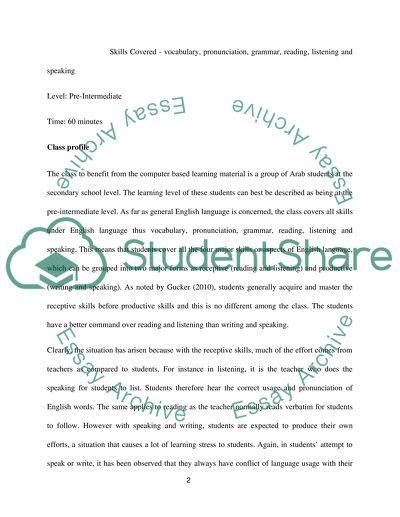Cite this document
(“Technology in TEFL Essay Example | Topics and Well Written Essays - 3250 words”, n.d.)
Retrieved from https://studentshare.org/environmental-studies/1422237-technology-in-tefl
Retrieved from https://studentshare.org/environmental-studies/1422237-technology-in-tefl
(Technology in TEFL Essay Example | Topics and Well Written Essays - 3250 Words)
https://studentshare.org/environmental-studies/1422237-technology-in-tefl.
https://studentshare.org/environmental-studies/1422237-technology-in-tefl.
“Technology in TEFL Essay Example | Topics and Well Written Essays - 3250 Words”, n.d. https://studentshare.org/environmental-studies/1422237-technology-in-tefl.


